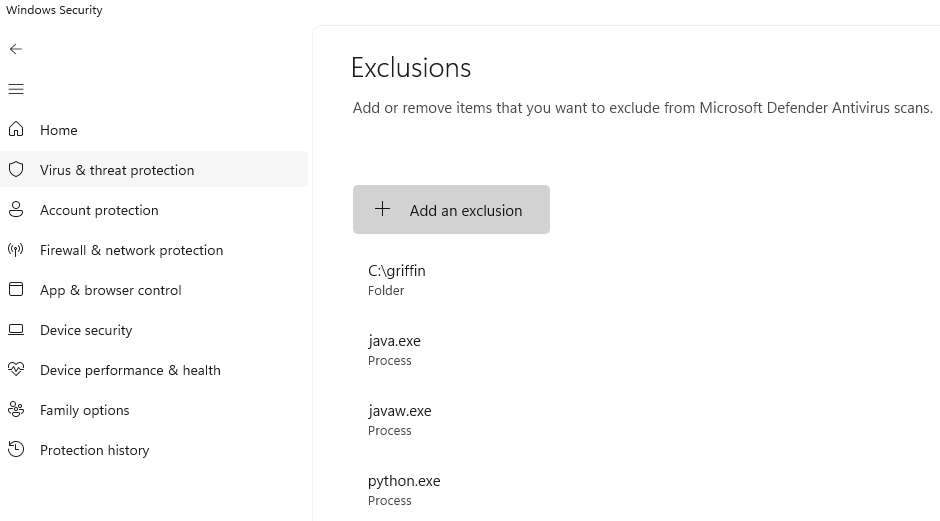Using No-Code Automation Tools for Process Control
Published: April 4, 2023

The Challenge with PLC and DCS Optimization
Countless process industries rely on distributed control systems (DCSs) and programmable logic controllers (PLCs) — as well as their associated software, spare parts, and related technologies — to maintain productivity and keep their operations moving forward consistently. These systems control vast, repeatable, and essential processes that enable everything from power generation and cement processing to food production and material handling — managing an influx of signals and data from countless other systems and pieces of equipment that fall under their respective control areas.
However, due to the cost and the complexity of implementing and customizing DCSs and PLCs, these systems are typically static within process industries. In many facilities, the lifecycle for DCSs and PLCs can extend anywhere from 20 to 30 years, requiring process industry teams to retain their knowledge of older technologies, rely on backward compatibility for parts and support, or having to completely shut down a system to update its logic.
Therein lies another challenge — the fact that DCS and PLC users often cannot be the ones to update systems. Many of the controls and equipment used in the process industry are black-box systems, meaning that unless companies have the time for operators and engineers to undergo extensive training on systems’ programming languages, those vendors are most likely the only ones who can perform configuration, installation, maintenance, and optimization work. This puts engineers and operators at a significant disadvantage in not being able to make updates as needed without third-party support.
Coupled with the fact that the amount of time between maintenance shutdowns is several years or even longer, any effort to optimize a PLC and DCS performance based on recent events, engineer and operator knowledge, or business changes is: 1) incredibly difficult without outside support, 2) time-consuming due to scheduling that support, 3) and costly to the business in lost productivity and the inability to quickly harness results from new data.
No-code automation tools are a key solution to this predicament facing many process industry organizations today — and not just for enabling greater use of these essential systems but also for empowering those controlling them to more rapidly model potential changes and see the results of that work sooner. Let’s explore some of the ways that no-code automation tools help process industries get the most out of control systems and other equipment.
Advantages of No-Code Automation Tools for Process Industries
1. Intelligent AI is Put to Work for Success
The most immediate benefit is that no-code automation tools leverage state-of-the-art AI with the features and solutions needed already built into the platform. This means engineers and operators don’t have to spend weeks or even months learning and practicing coding and programming languages (a process that itself takes them away from your environment where they’re most beneficial and productive).
Using no-code automation tools, variable data from all of your systems below the production control level in the Purdue Model of ISA-95 is continuously gathered from your existing DCS and PLC systems. And based on thresholds or limits specific to your industry and operations, that data is continuously analyzed to identify opportunities for improvement or to notify engineers and operators about potential issues.
2. Models Can Be Configured More Rapidly and Tested
Without no-code automation tools, your team would be required to undergo training to learn how to modify black box systems or to partner with its respective vendor to schedule optimization work and create new models. Imagine having to do that for multiple different DCS and PLC systems throughout your environment. Now imagine navigating that for multiple facilities throughout your footprint. And here’s the worst part: what if the optimization work you partnered with the vendor on didn’t work or experienced some issue that your team wasn’t prepared to handle or is trained on solving?
Clearly, no-code automation tools are the preferable alternative. Using solutions like Adivarent Control and the Griffin AI Toolkit, companies in the process industry gain an all-in-one solution for developing new process control models, supporting optimizations, and even developing custom tuning screens that allow those processes to be modified on the fly. As a result, there’s no need to waste time on outside support when your team can be continually driving the performance of your systems forward and realizing the financial and operational return on those efforts.
3. Implementation and Optimization Can Be Efficiently Scaled
Obviously, the benefits of no-code automation tools aren’t and shouldn’t be restricted to one or only a handful of systems throughout your facilities. The intent behind implementing AI and automation in process industries is to put it to use more broadly throughout the organization. While you may wish to pilot your no-code automation tool on a specific control system in one area, it should be scaled out further to ensure other areas benefit as well.
This way, organizations can make significant progress toward a more complete (yet simplified) digital transformation. Because no-code automation tools like the Griffin AI Toolkit operating at the Adivarent Control layer, leverage a simplified interface and (of course) no coding requirements, they can be implemented more rapidly, configured by team members more efficiently, and put to work on a variety of systems. As solutions are fine-tuned through modeling, the knowledge built into the system from your engineers and operators is institutionalized — allowing it to be scaled in an agile manner for other processes and systems.
These Benefits Are Just the Beginning
While we’ve discussed a variety of ways that no-code automation tools support long-lasting success in process industries, we’ve truly only captured a handful of the many advantages that such solutions offer. And at Griffin Open Systems, our technology delivers all these and more in one simple solution that can be deployed, configured, and put to work faster than the alternative of navigating black box system modification or personnel training.
Ready to put our solution to work? Get in touch with us today.

